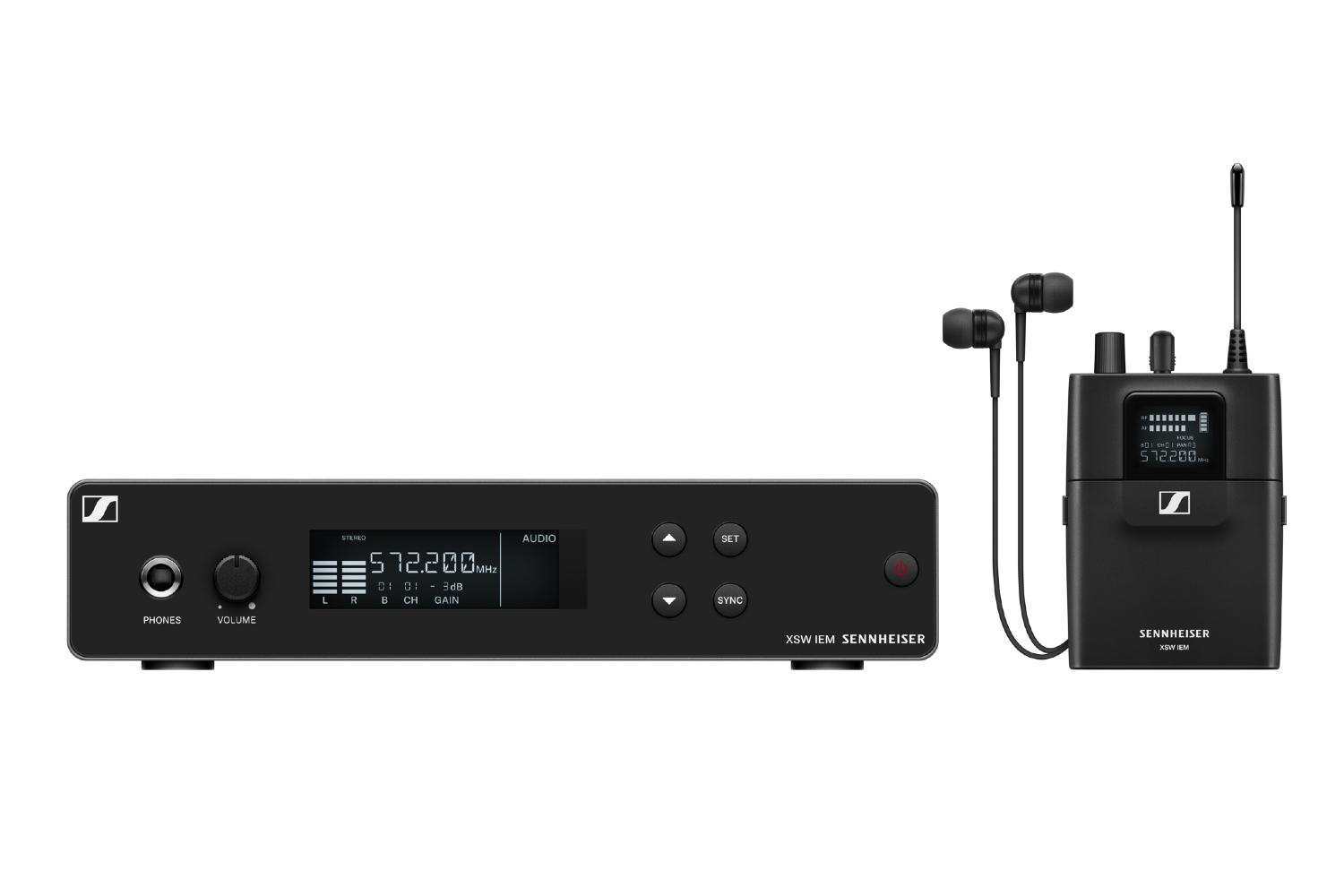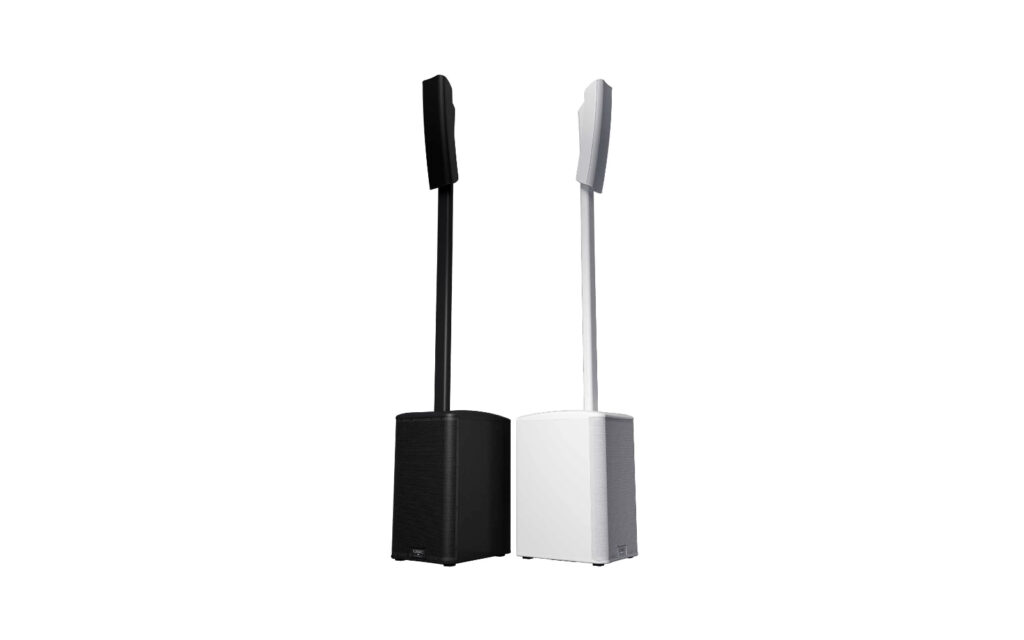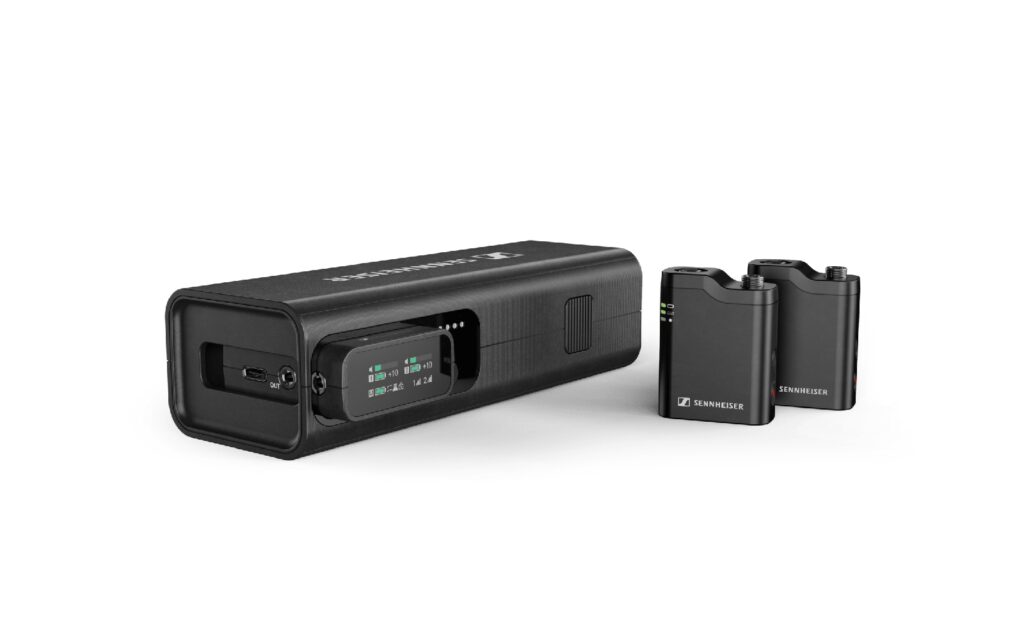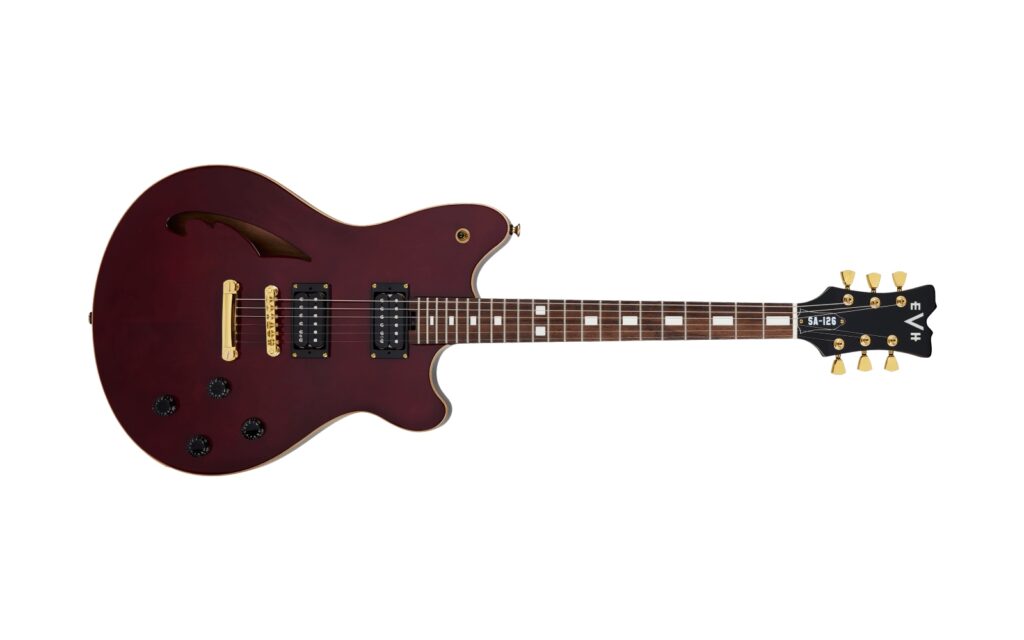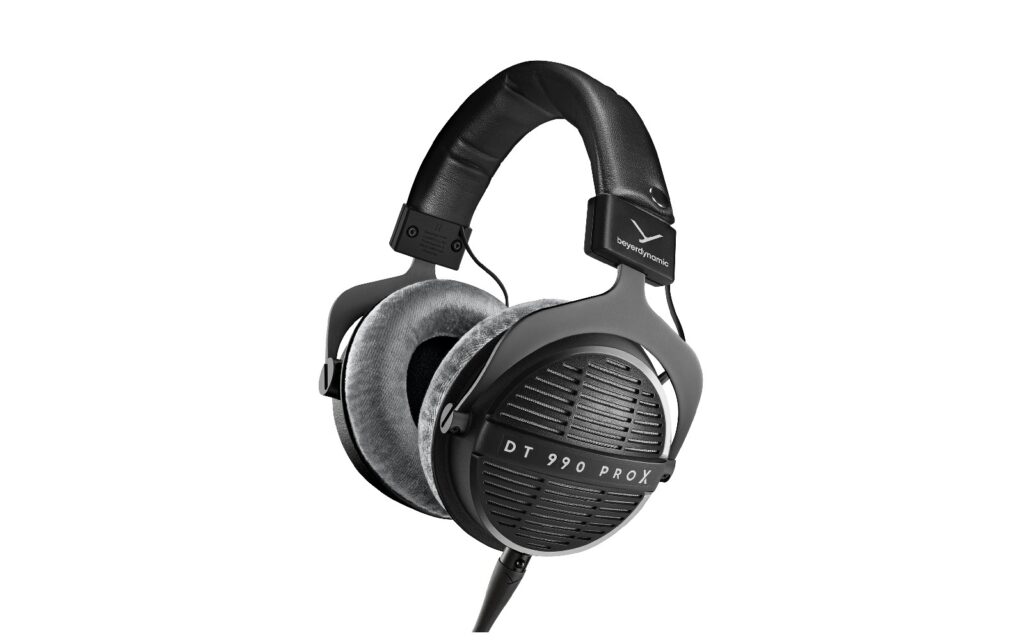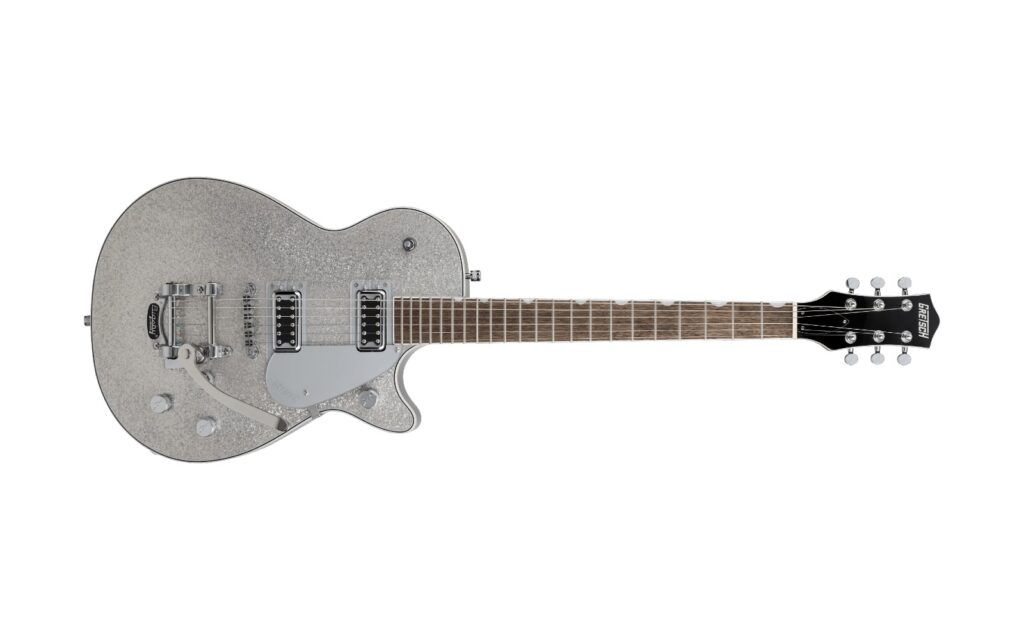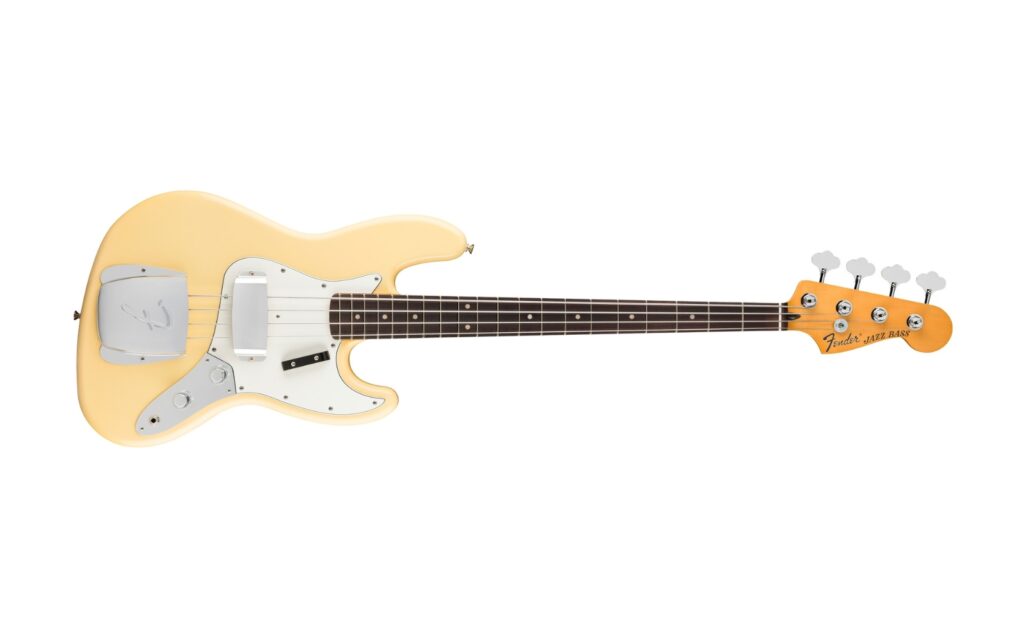Sennheiser Australia | RRP: $1,099
Remember when only professional internationally touring bands and artists used in-ear monitors? The world has changed a lot since then, with technology once reserved for the best of the best, now within a price bracket that means you can hear your live performance with clarity, and take back control from the average-sounding monitor speakers at your local venue.
In-ear monitors add a level of precision and control to you, the performers, by placing you in complete control of what you hear in your mix. This self-managed approach using a digital mixer and a splitter for live shows adds a level of consistency to your performance as you’ll be hearing the same mix, no matter what venue you’re performing at.
Read more product reviews here.
With this in mind, Sennheiser have unveiled a new range of wireless receivers and transmitters, XS Wireless, aimed at both up and coming and established live performers, looking to add this level of consistency to the mix.
The Sennheiser XS Wireless IEM set which we have on review comes with a XSW IEM SR stereo transmitter, XSW IEM EK stereo receiver, IE 4 in-ear headphones, batteries for the receiver, a power cable for the transmitter, and a rackmount kit for use on tour and when gigging to protect the transmitter from damage.
The stereo transmitter can send audio to an unlimited number of receivers which means that if everyone in your band is happy with one mix, you could get away with purchasing just one transmitter and multiple receivers. Obviously purchasing multiple sets would allow for more control over your in-ear monitoring mixes, but it’s not a requirement to get started with them.
Looking in detail at the transmitter, it’s got an LED screen, multiple buttons, and a headphone jack on the front panel with two XLR audio inputs on the rear alongside power and antenna connection slots. The interface on this device is straight to the point and easy to use.
Both receiver and transmitter have a signal to noise ratio of at least 88dB with the ability to send and receive frequencies from 45Hz to 15kHz which is not as high as the human hearing spectrum, but during testing I could hardly notice the lack of high-high frequencies. There’s an in-built limiter that kicks in at -10dB to ensure you don’t damage your ears accidentally, and a high boost EQ that adds 10dB at 13kHz to emulate that top-end you’re losing through transmission.
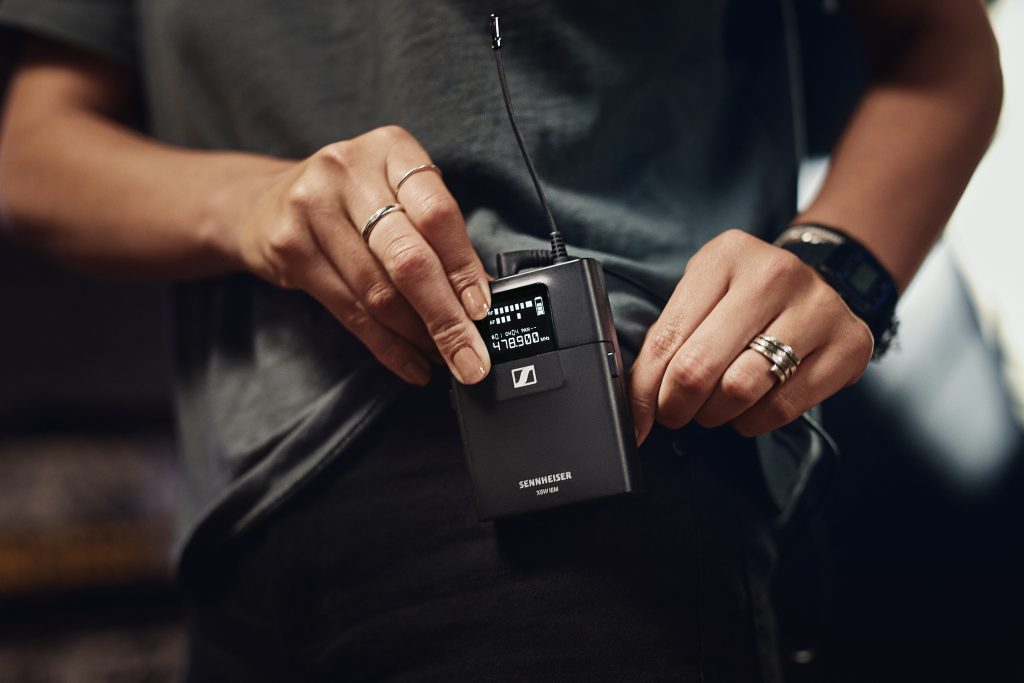
The unit uses eight banks with 12 channels within each, designed so that finding open and usable frequencies is simple. You are recommended to use a single frequency bank when using multiple transmitters as they are equidistant from each other across the frequency spectrum and removes the possibility of cross-talk. If you want to get extra specific you can actually choose the precise frequency you’d like to use for transmitting audio which would only be used in special circumstances.
If you do want to use a specific frequency or want a fast way to receive audio from your transmitter, you can use the sync function on the unit. This speedy way of aligning the frequencies utilises infrared technology to pair the units. It’s as simple as opening the front panel on your receiver, moving it within 5cm of your transmitter, and pressing the sync button on the transmitter. Easy.
Both receiver and transmitter are hearty in their construction, able to take the punishment that touring usually does to gear, courtesy of a sturdy enclosure with the buttons on the receiver hidden behind a panel which is easy to open, but not when you don’t want to. The two-sided mechanism means that it won’t open just by knocking it, allowing you to be whoever you want on stage.
If you’re planning on taking this on the road, the transmitters take up a half-rack space which will make them easy to fit into your existing setup, or a new road case if you’re just getting started.
While we’re talking about hearty constructions, the IE-4 earbuds that are provided with this set provide a nice dynamic punch and have a build quality that speaks to longevity. They come with different sized silicone ear sleeves and a rugged cable that will meet your touring needs. They provide a level of clarity that you’ll need for performing, while also isolating you from the rest of your environment so you can hear exactly what you’re performing.
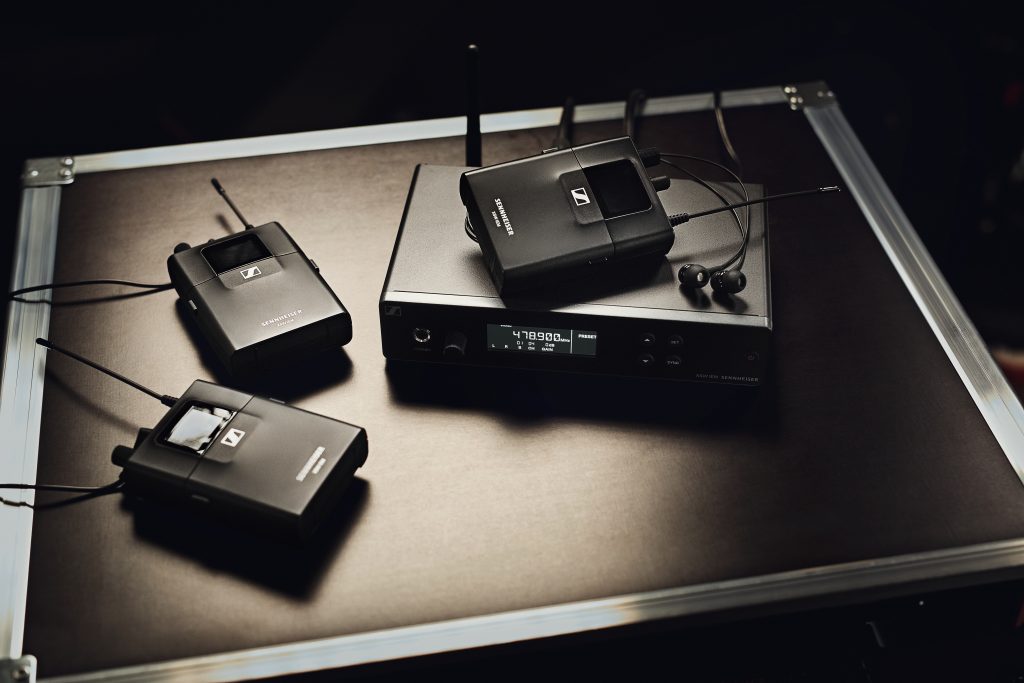
One cool way to use the XS Wireless systems is by changing them into what Sennheiser has dubbed “focus mode”. This essentially allows for the pan setting to control the volume of the left and right channels as mono sources on each receiver. One way of utilising this would be using one transmitter with multiple receivers for a band. The vocals would be on one input with a premixed signal of the rest of the band on another input allowing for the vocalist to turn themselves up to ensure they’re singing in tune, while the rest of the band turns the instruments up to keep their performance in check.
The fact that Sennheiser, who are one of the industry leaders in the field of wireless audio transmission, have released a professional offering that is accessible to independent bands and performers without hurting the bank account should be seen as a blessing.
The focus of these wireless kits is for live acts to get a foot in the door and utilise this technology that has been used for decades. At this price point, the XS Wireless IEM brings Sennheiser’s proven industry standard wireless technology to not only the world’s best but you too.
Head to Sennheiser for more information.
